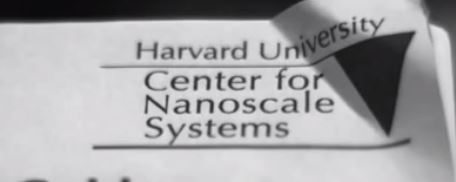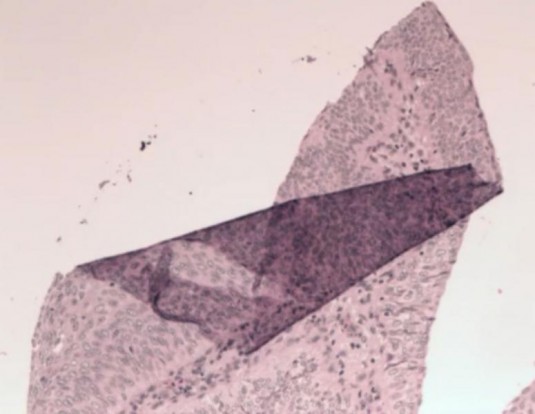Mathematical image processing creates a 3D movie of any scene, using just two frames from a stationary camera or microscope. The key is to use clues encoded within rays of light.
Researchers at the Harvard School of Engineering and Applied Sciences (SEAS) have developed a way for standard cameras and microscopes to create a 3D image through a single lens, without moving the camera. Published in the journal Optics Letters, this new approach to photography relies only on computation and mathematics—no unusual hardware or fancy lenses. The effect is the equivalent of seeing a stereo image with one eye closed.

That’s easier said than done, as principal investigator Kenneth B. Crozier explains. “If you close one eye, depth perception becomes difficult. Your eye can focus on one thing or another, but unless you also move your head from side to side, it’s difficult to gain much sense of objects’ relative distances,” Crozier says. “If your viewpoint is fixed in one position, as a microscope would be, it’s a challenging problem.”
Offering a workaround, Crozier and graduate student Antony Orth essentially compute how the image would look if it were taken from a different angle. To do this, they rely on the clues encoded within the rays of light entering the camera.
“Arriving at each pixel, the light’s coming at a certain angle, and that contains important information,” explains Crozier. “Cameras have been developed with all kinds of new hardware—microlens arrays and absorbing masks—that can record the direction of the light, and that allows you to do some very interesting things, such as take a picture and focus it later, or change the perspective view. That’s great, but the question we asked was, can we get some of that functionality with a regular camera, without adding any extra hardware?”
The key, they found, is to infer the angle of the light at each pixel, rather than directly measuring it (which standard image sensors and film would not be able to do). The team’s solution is to take two images from the same camera position but focused at different depths. The slight differences between these two images provide enough information for a computer to mathematically create a brand-new image as if the camera had been moved to one side.
By stitching these two images together into an animation, Crozier and Orth provide a way for amateur photographers and microscope users to create the impression of a stereo image without the need for expensive hardware. They are calling their computational method “light-field moment imaging”—not to be confused with “light field cameras” (like the Lytro), which achieve similar effects using high-end hardware rather than computational processing.
Importantly, the technique offers a new and very accessible way to create 3D images of translucent materials, such as biological tissues.

The new technology also suggests an alternative way to create 3D movies for the big screen. “When you go to a 3D movie, you can’t help but move your head to try to see around the 3D image, but of course it’s not going to do anything because the stereo image depends on the glasses,” explains Orth, a Ph.D. student in applied physics. “Using light-field moment imaging, though, we’re creating the perspective-shifted images that you’d fundamentally need to make that work—and just from a regular camera. So maybe one day this will be a way to just use all of the existing cinematography hardware, and get rid of the glasses. With the right screen, you could play that back to the audience, and they could move their heads and feel like they’re actually there.”
For the 3D effect to be noticeable, the camera aperture must be wide enough to let in light from a wide range of angles so that the differences between the two images focused at different depths are distinct. However, while a cellphone camera proves too small (Orth tried it on his iPhone), a standard 50 mm lens on a single-lens reflex camera is more than adequate.





